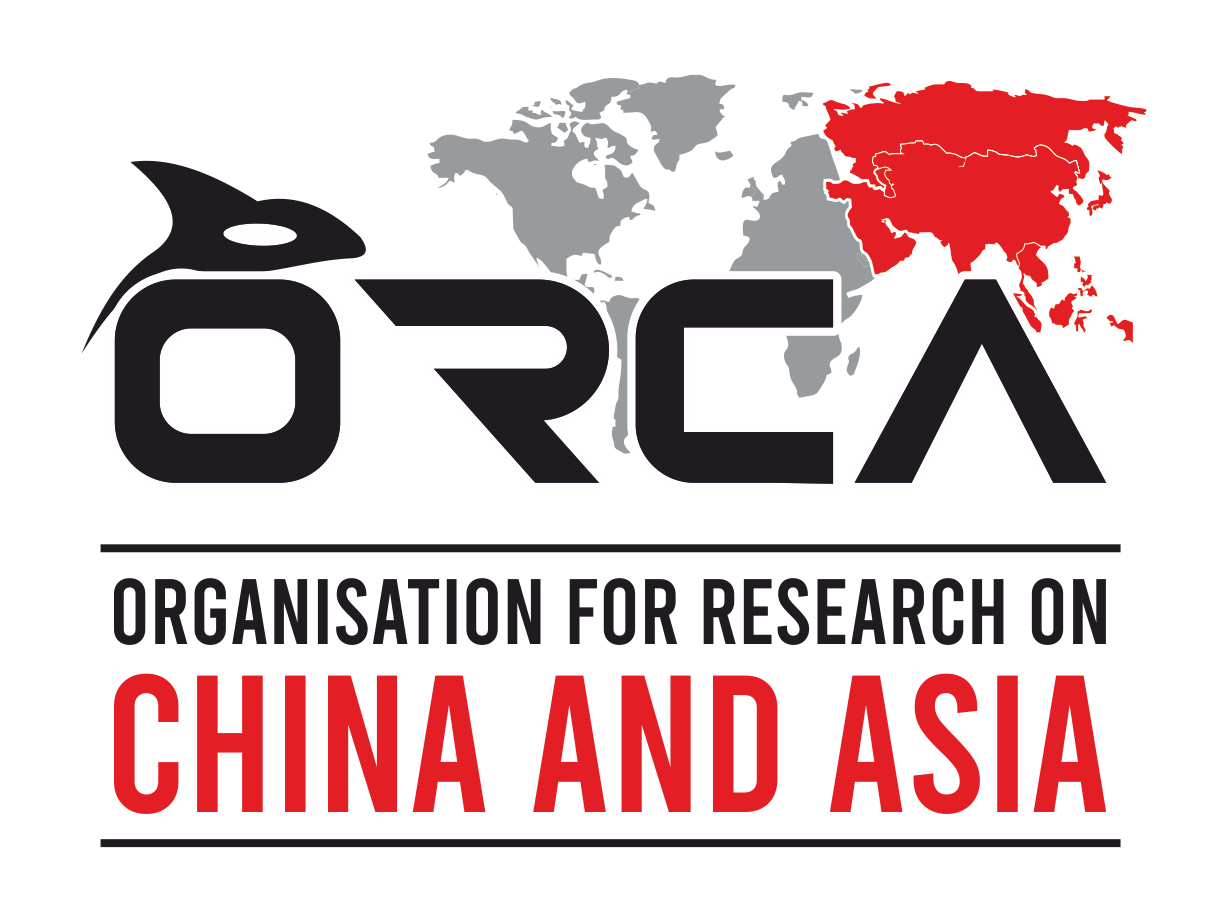The Fourth Plenum of China’s Central Committee unveiled broad contours of the 15th Five-year plan (FYP) which will delineate a roadmap for China’s developmental course amidst mounting domestic and external pressures. Besides directing economic priorities, the 15th FYP is crucial for China and more importantly, for Xi Jinping, as the planning period coincides with the People's Liberation Army centennial goal in 2027 - the year that will also shape Xi’s political future and define his legacy at the 21st Party Congress. While China’s FYPs are often viewed as indicative of its domestic priorities, these plans also increasingly highlight Xi’s political intent and his global ambitions. The recommendations for the 15th FYP adopted at the Fourth Plenum reveal this dual signalling; while the priority objective remains “realizing socialist modernisation” by 2035 domestically, it also simultaneously calls for “seizing strategic initiative amidst international competition” to align with its global initiatives. Thus, the upcoming 15th FYP is critical to understand how China manages domestic expectations while striving for global dominance.
Party-Controlled Planning Process
The drafting process of 15th FYP reveals how China implements its governance model with the Party and Xi Jinping at its core. The process began at the start of this year under the leadership of the Politburo Standing Committee with Xi personally leading the drafting group. During the entire process, Xi personally conducted several inspection visits, especially in underdeveloped provinces like Guizhou, Yunnan, Henan, Shanxi and Tibet to solicit public opinion on China’s reform trajectory. Moreover, he also led a symposium in Shanghai on economic and social development, calling for “rationally determining goals and tasks” to ensure that "they are scientifically accurate and achievable”.
Besides this, public participation in the process was ensured through a month-long online campaign which attracted over 3.11 million suggestions on different issues that were later condensed into 1500 suggestions. At the same time, universities, think tanks and relevant state departments were commissioned to study 35 key research projects. While Chinese state media, including Xi himself, touted this as a reflection of “intra-Party democracy” and “ whole-process people’s democracy”, it ensured the centralization of the process under Party’s command with limited scope for local-level policy innovations. The clarification by National Development and Reforms Commission Chief Zheng Shanjie that the 15th FYP strives to “effectively transform the Party’s propositions into national will” further endorses the top-down approach. Moreover, the timeline of 2029 to complete over 300 comprehensively deepening reform tasks set at the Third Plenum last year will largely influence objectives of 15th FYP, which highlights limitations of non-Party consultative process promoted by State machinery.
Domestic Policy Signals
Political signalling at the Fourth Plenum and early stages of the planning process indicate both continuity and change in China’s approach to managing growth and governance. Recommendations for the 15th FYP highlight strengthening macroeconomic governance and national development planning, reinforcing China’s top-down policy-making structure. Consistent with this approach, China’s Premier Li Qiang reiterated the primacy of the Party’s leadership and the need to integrate it in all aspects of economic and social development.
To maintain the foundation of economic growth, China has shifted away from growth to high-quality growth and development to signal realistic targets and objectives. It is also positioning to upgrade its traditional industries like chemicals, mining, machinery and construction, leveraging trends in intelligent, green and service-oriented manufacturing. At the same time, economic planning is also promoting new competitive advantages in quantum technology, biomanufacturing, hydrogen energy and nuclear fusion energy and sixth-generation mobile communications to create future economic growth drivers and improve factor productivity.
On the economic policy front, China’s policymakers continue to focus on boosting domestic demand and consumption, central to the 15th FYP’s new development pattern. Policy initiatives, however, may take new forms with the Recommendations calling for “special actions to boost consumption” and “new consumption formats, models and scenarios”. While China continues to deploy government spending and reduce regulations to stimulate consumption, the relatively new focus on service consumption dovetails with the Party’s concern of stabilizing employment and livelihood security. According to Dong Yu, a drafting member of the 11th, 12th and 13th FYPs, stabilizing employment is currently a key priority of economic work. As a result, China’s planning cycle for the next five years is likely to address challenges facing people’s livelihood and welfare through various policy initiatives.
China’s 15th FYP planners have already acknowledged the “considerable pressure on employment and income growth”, shortcomings in livelihood security, limited progress of rural modernization and the problem of population ageing. It is certain that policy action in the 15th FYP will increase funding for livelihood support initiatives, offer employment support, improve measures related to equalisation of public services and deploy subsidies and tax policies to reduce the financial burden of childcare. However, while the 15th FYP’s focus on domestic economic challenges may be significant, China’s external-facing policy plans are likely to capture the attention of international audiences.
Technology Self-Reliance and External Relevance
Xi, at the Shanghai symposium in April, directed officials to “proactively grasp the impact of changing international circumstances and optimize the economic layout accordingly”, denoting the significance of FYP for China’s global position. In this regard, China’s push for self-reliance and competitiveness are driven in part by what it sees as an uncertain international situation, complex competition among major powers and rising protectionism that risk China’s domestic development. China’s central planners are aware that China is making steady progress on development and self-reliance in key core technologies. Planning for the 15th FYP indicates that China will accelerate advancements in high-level science and technology by cultivating talent, building regional innovation clusters and encouraging enterprise research in the domain of integrated circuits, industrial machine tools, high-end instruments, basic software, advanced materials and biomanufacturing. The 15th FYP will also deepen China’s AI push by integrating its application in industry, society and governance. Furthermore, emerging industries like new energy, new materials, aerospace and low-altitude economy will continue to receive extensive industrial policy support.
While these policy efforts are driven by structural reforms in China's domestic economy, their external implications are hard to miss. First, advancements in strategic industries underscore China’s emphasis on dual circulation that reduces reliance on foreign trade and the external environment for growth and investment, making it less vulnerable to external shocks like tariffs and trade wars. Second, Beijing's aspiration to outcompete advanced industrial economies in key technology domains is supported by foreign policy efforts to guide international relations in a more favourable direction. Third, the FYP’s support for technological self-reliance augurs a highly competitive phase of great power rivalry with the US, which China has determined “to fight till the end”. Notably, Beijing is also likely to leverage the overall planning process for FYP to augment support for its Global Governance Initiative and Global Development Initiative from Global South countries. Thus, with the 15th FYP positioned to leverage domestic economic stability for China’s external objectives, paying greater attention to China’s domestic planning processes is warranted for a clearer assessment of how China will shape the external environment.



Author
Rahul Karan Reddy
Rahul Karan Reddy is Senior Research Associate at Organisation for Research on China and Asia (ORCA). He works on domestic Chinese politics and trade, producing data-driven research in the form of reports, dashboards and digital media. He is the author of ‘Islands on the Rocks’, a monograph on the Senkaku/Diaoyu island dispute between China and Japan. He is the creator of the India-China Trade dashboard, the Chinese Provincial Development Indicators dashboard and co-lead for the project ‘Episodes of India-China Exchanges: Modern Bridges and Resonant Connections’. He is co-convenor of ORCA’s annual conference, the Global Conference on New Sinology (GCNS) and co-editor of ORCA’s daily newsletter, Conversations in Chinese Media (CiCM). He was previously a Research Analyst at the Chennai Center for China Studies (C3S), working on China’s foreign policy and domestic politics. His work has been published in The Diplomat, 9 Dash Line, East Asia Forum, ISDP & Tokyo Review, among others. He is also the Director of ORCA Consultancy.
Omkar Bhole
Omkar Bhole is a Senior Research Associate at the Organisation for Research on China and Asia (ORCA). He has studied Chinese language up to HSK4 and completed Masters in China Studies from Somaiya University, Mumbai. He has previously worked as a Chinese language instructor in Mumbai and Pune. His research interests are India’s neighbourhood policy, China’s foreign policy in South Asia, economic transformation and current dynamics of Chinese economy and its domestic politics. He was previously associated with the Institute of Chinese Studies (ICS) and What China Reads. He has also presented papers at several conferences on China. Omkar is currently working on understanding China’s Digital Yuan initiative and its implications for the South Asian region including India. He can be reached at [email protected] and @bhole_omkar on Twitter.